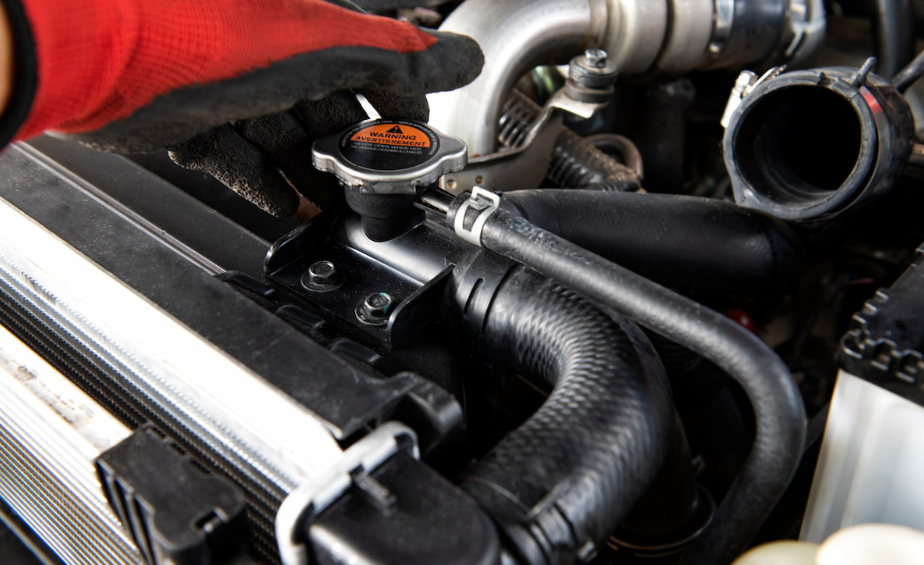As a vital component of your car’s cooling system, the radiator in Wellington plays a critical role in regulating engine temperature. When it’s working correctly, it keeps your engine from overheating and causing costly damage. But how do you know if it is functioning effectively? In this article, we’ll discuss how to test the effectiveness of your car’s radiator and what signs to look for if it’s not performing as it should.
-
Using an infrared thermometer
One way to test it is to use an infrared thermometer. This device allows you to take temperature readings from different parts of the radiator to see if there are any hot or cold spots. Ideally, the entire surface of it should be evenly hot, indicating that coolant is flowing throughout the system and dissipating heat efficiently. If you notice any significant temperature variations, it could be a sign of a clog or blockage that is impeding the flow of coolant through it.
-
Monitoring the Engine Temperature Gauge
If the gauge consistently reads higher than normal, it’s a sign that your engine is running hot, and your radiator in Whangarei may not be keeping up with the cooling demands. Additionally, if you notice steam or a strong smell of coolant coming from under the hood, it could be a sign of a leak, which is reducing the efficiency of the cooling system.
-
Inspecting the Radiator
You can also inspect signs of wear and tear. Look for any visible damage, such as cracks, leaks, or bent fins, which can impact its ability to dissipate heat. If you notice any damage, it’s important to have it inspected and repaired by a professional as soon as possible.
-
Checking the Coolant Level
Another factor that can impact its effectiveness is the coolant level. If the coolant level is too low, there may not be enough coolant to circulate through the system and regulate engine temperature. Check your owner’s manual for instructions on how to check the coolant level and top it off if necessary.
-
Flushing the Radiator
Over time, sediment and debris can build up inside the radiator, reducing its efficiency. Flushing the radiator is a simple process that involves draining the old coolant and replacing it with fresh coolant. It’s recommended to flush it every 30,000 to 60,000 miles, depending on your vehicle’s make and model.
Conclusion
A properly functioning radiator in Wellington is essential for keeping your engine running smoothly and avoiding costly repairs. By following these points, you can ensure that your radiator is operating at peak efficiency.


